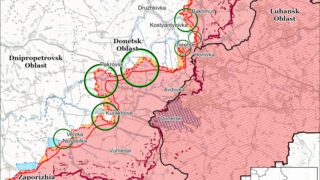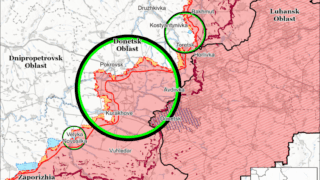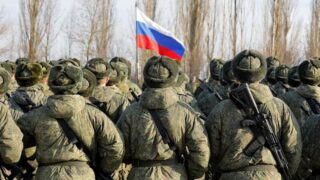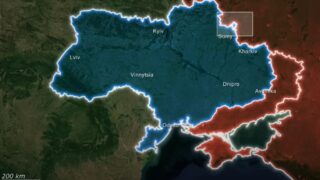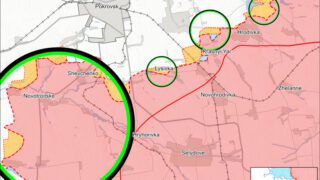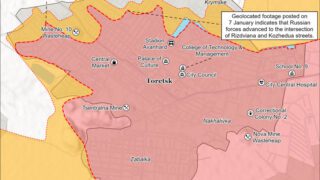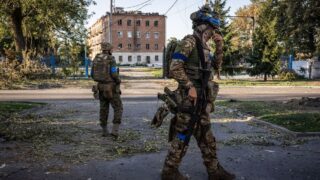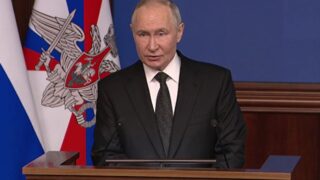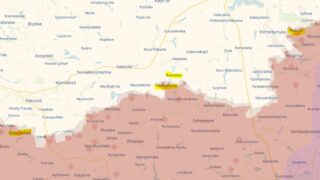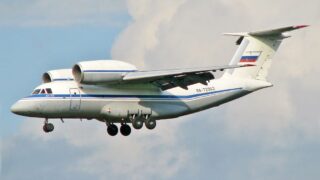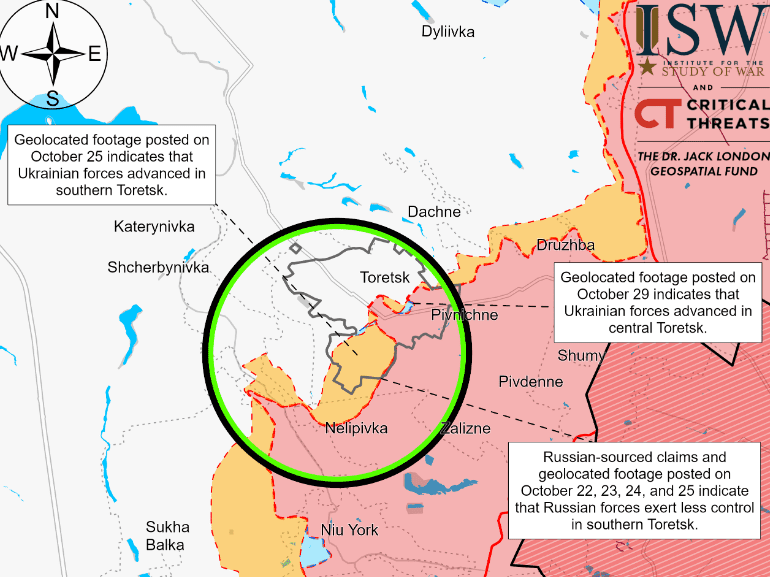
ISW: Russian advances accelerate but remain slow in eastern Ukraine
The Institute for the Study of War (ISW) reported on 29 October that present Russian gains remain significantly smaller in scale than those from the war’s early phase.
According to ISW, Russian forces advanced at approximately 1,265 square kilometers per day in March 2022, while September 2024 advances averaged only 14 square kilometers daily—a difference of about 90 times.
For over a year, Russia has concentrated on seizing the Ukrainian cities of Donetsk Oblast, with major attacks repeatedly occurring near Pokrovsk, Selydove, and other towns.
According to the ISW, recent Western reporting linking the Russian rate of advance in September 2024 with Russian advances at the start of the war is highly misleading.
ISW reported that early 2022 operations involved “rapid Russian advances deep into Ukrainian territory,” including temporary control of large areas in multiple oblasts.
The analysis details recent tactical gains, including the capture of Vuhledar on 1 October and subsequent advances north and northwest of the settlement.
Over the past week, ISW has reported “significant tactical gains” near Selydove, southeast of Pokrovsk.
ISW assesses these advances as “tactically significant” while emphasizing they “do not represent a general increase in the pace of Russian advances across the frontline, much of which remains relatively stagnant.”
In Toretsk, Ukrainian forces have recovered previously lost positions, as evidenced by geolocated footage from 29 October showing Ukrainian control of positions along Chervonyi Lane in the settlement’s central part.
The area remains contested, with Russian forces, including elements of the 56th Separate Special Purpose Battalion, conducting operations near Toretsk and Shcherbynivka.
ISW reported on 28 October that Russian forces were moving into positions north of Selydove, within Vyshneve, and near Novodmytrivka.
Read also:



